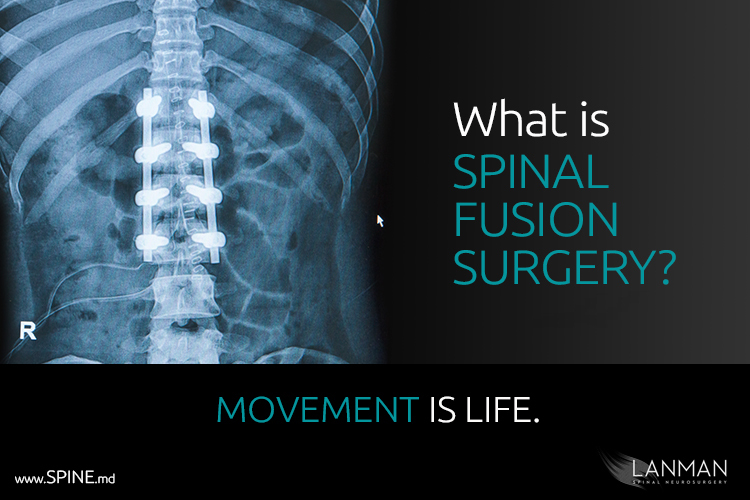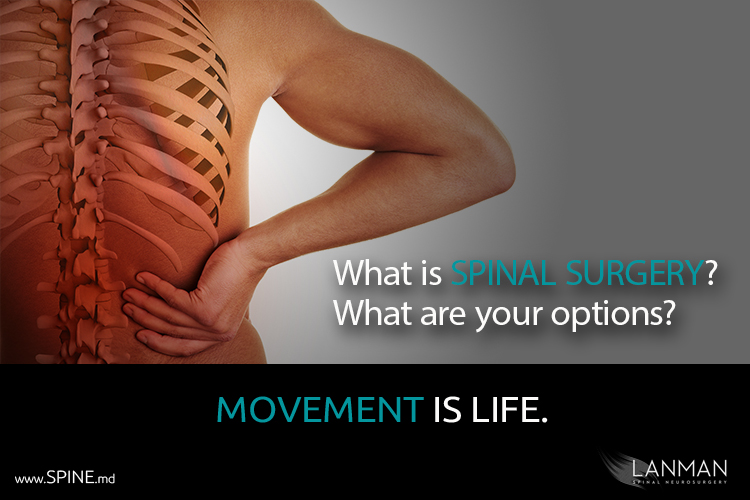For many individuals, the decision to undergo spinal fusion surgery is a life-altering one. While this procedure can provide much-needed relief from debilitating back pain, it also comes with a significant trade-off – permanent restrictions that can dramatically impact one’s quality of life and ability to work. Not only does surgical recovery take six months or more, but there may be ongoing or permanent restrictions on activity.
Permanent Restrictions Following Surgery
Spinal fusion is a surgical intervention used to treat a variety of spinal conditions, from degenerative disc disease to spinal instability. The procedure involves fusing two or more vertebrae together, effectively eliminating the natural flexibility and range of motion in that part of the spine. While this can successfully alleviate pain and improve stability, it also means that patients must adapt to a new normal, one that often includes significant and lasting limitations.
Common Permanent Restrictions After Spinal Fusion
Limited Mobility
Spinal fusion involves fusing two or more vertebrae together, eliminating the natural flexibility and range of motion in that part of the spine. This loss of flexibility can significantly restrict the ability to bend, twist, or flex the fused segment, as the fused vertebrae cannot move independently anymore.
The fusion site becomes stiff and weak post-surgery, affecting not only the spine but also the muscles around it. This rigidity can result in increased pain at the fusion site and a lack of spinal flexibility, ultimately limiting the range of motion and causing activity restrictions.
Prolonged Pain Management
While most patients experience good pain relief after spinal fusion surgery, less than 10 percent of patients will still have chronic neck or lower back pain after surgery. Moreover, many patients who have a generally successful spinal fusion surgery may still experience pain in certain circumstances. This chronic pain can sometimes be minimized with physical therapy, medication, and lifestyle adjustments
Reduced Range of Motion
Each spinal bone moves independently of the one above and below it. This independent movement is what gives you the ability to move your neck, twist your back, and bend over. For example, yoga would be impossible without independent spinal bones.
After spinal surgery, however, the fused bones no longer move independently. This decreases the amount that your neck or lower back can move from one extreme to the other. The medical term for this is a reduced range of motion in the spine.
Increased Risk of Adjacent Segment Disease (ASD)
Spinal bones were meant to move independently. So, while a spinal fusion can relieve pain, it creates a stressful situation for the spine—literally. The levels above and below the fused level begin to experience new and unusual forces. These force increase the rate at which the natural discs break down, which is known as Adjacent Segment Disease or ASD.
Adjacent segment degeneration occurred in 26.6% and 32.8% of lumbar and cervical fusion surgeries, respectively.1 About a third of those patients went on to have ASD.1
Challenges of Living with Permanent Restrictions
One of the most significant challenges is the loss of spinal flexibility and range of motion. The fused vertebrae eliminate the natural movement in that part of the spine, making it difficult for patients to bend, twist, or flex as they once could. This is especially troubling for people who lived active lives or were involved in sports. Dr. Lanman has worked with several professional and elite athletes who had spinal fusions from other providers and were deeply unhappy with the limitations that spinal fusion meant for their ability to compete or perform.
What can you never do again after spinal fusion?
Unless you have complications, there are very few things you will never be able to do after a spinal fusion. You probably should not perform powerlifting exercises after spinal fusion or any activity that puts extreme stresses on the spine. You may be restricted from certain physical labor jobs such as heavy lifting, repetitive lifting, twisting, or lower back bending. You should review any potential activity limitations with your spine surgeon before spinal fusion so you can weigh your benefits and risks.
What are some common problems years after spinal fusion?
Several problems can occur after spinal fusion. If the spinal bones do not knit together it is called pseudoarthrosis and results in a failed spinal fusion. This is usually apparent within a few months of surgery, however. Adjacent Segment Disease can occur years after spinal fusion surgery. ASD may create the need for additional spine surgeries on other spine levels. Occasionally, the hardware that is used to hold the fusion in place such as screws, plates, and rods may loosen or break. If this occurs, a subsequent surgery will likely be needed to fix the problem.
The Advantages of Choosing Artificial Disc Replacement
Fortunately, artificial disc replacement is an alternative to spinal fusion surgery that preserves spinal mobility and causes less abnormal stress on adjacent spine segments.2-6 In addition, recovery from artificial disc replacement recovery is faster for patients than spinal fusion recovery, mainly because the fused area does not need to fuse or knit together. Dr. Lanman is a world expert in spine surgery and generally prefers to perform artificial disc replacement over spinal fusion for patients who are candidates.
Final Thoughts from Dr. Lanman
Spinal fusion surgery is certainly a reasonable option for patients with chronic neck or low back pain who have not found relief from conservative treatment. However, patients should keep in mind the risks involved, including permanent restrictions after spinal fusion. For those who are candidates, artificial disc replacement offers a better solution than spinal fusion in most cases. To discuss your options with a world-class expert in both spinal fusion and artificial disc replacement, contact Dr. Todd Lanman’s office today to schedule a consultation.
FAQS:
Is spinal fusion a permanent disability?
Spinal fusion is classified under the “Disorders of the Spine” listing in the Social Security Administration’s Blue Book. To qualify for disability benefits, however, the spinal fusion must compromise a nerve root or the spinal cord and cause symptoms like pain, muscle weakness, sensory and reflex loss, and difficulty walking.
Can you see a chiropractor after a spinal fusion?
Yes, but there are some important limitations. A person should not see a chiropractor for any type of manipulation for at least six weeks after spinal fusion surgery, and perhaps longer, depending on the guidance of their spine surgeon. Once chiropractic manipulation is allowed, the chiropractor must not perform high-force, rotational adjustments for the patient ever again.
When can I stop wearing a brace after spinal fusion?
You may or may not need to wear a brace after spinal surgery. If you do need to wear a brace, the average length is between 3 to 12 weeks.7
How long does it take for the nerves to heal after a spinal fusion?
If you have nerve damage prior to spinal fusion surgery, it may take a year or more for your nerves to fully heal.
How many years does a spinal fusion last? Will you need to redo surgery?
If the spinal fusion fully fuses, it may not need to revised for 10 years. However, not all fusions fully fuse, so revision surgery is needed much earlier. Keep in mind that spinal fusion put stress on adjacent spinal levels, so while the fused level may not need to be revised, an adjacent segment may need a second surgery.
How do I know if I damaged my spinal fusion?
You should report any new neck or back pain to your spine surgeon, especially if it is severe or is accompanied by numbness, tingling, or weakness. You may need an imaging study like an X-ray or MRI to check if you damaged your spinal fusion.
Why can’t you drive after spinal fusion?
Driving a car takes a surprising amount of twisting and turning your spine. This motion can lead to complications or interfere with your ability to drive a car. Most people can begin driving again two weeks after spinal fusion surgery, but your spine surgeon must clear you to drive, first.
What is considered a failed spinal fusion?
You may be considered to have a failed spinal fusion if any of these things occur: The spine surgery does not adequately relieve your pain, the fused area does not fuse or solidify fully (i.e., pseudoarthrosis), adjacent spine segments break down faster than they would otherwise. A failed spinal fusion usually needs to be corrected with revision surgery.







